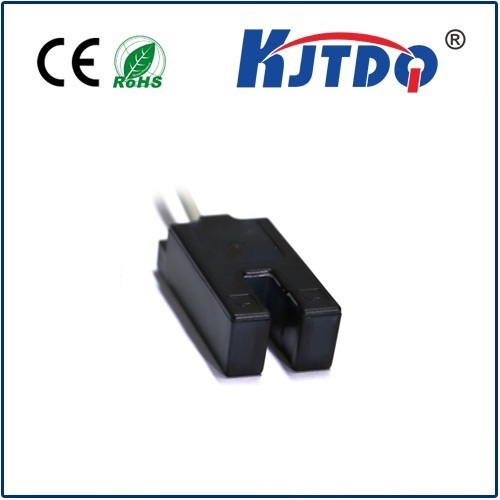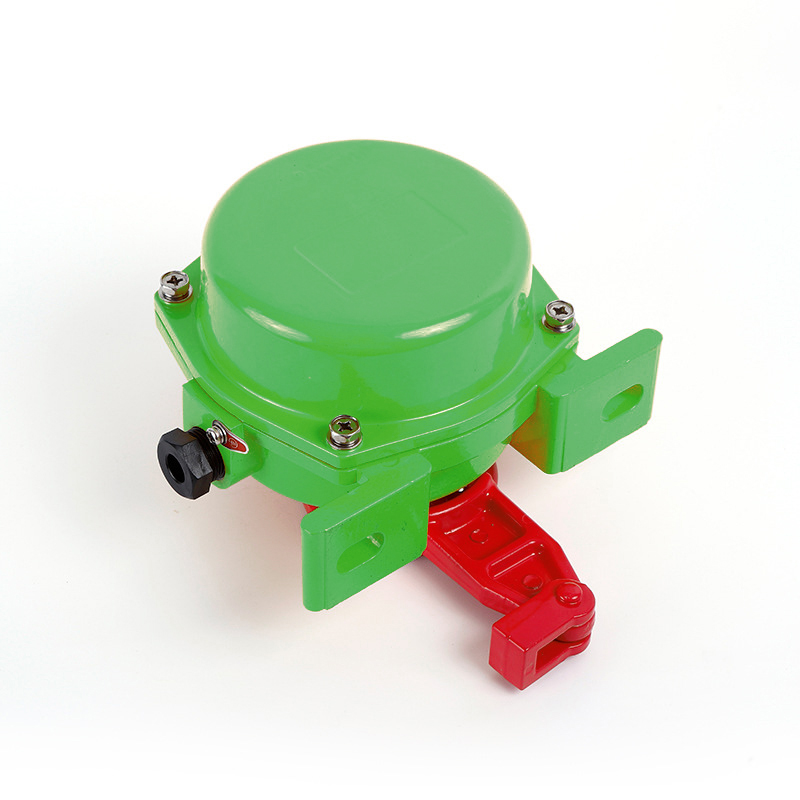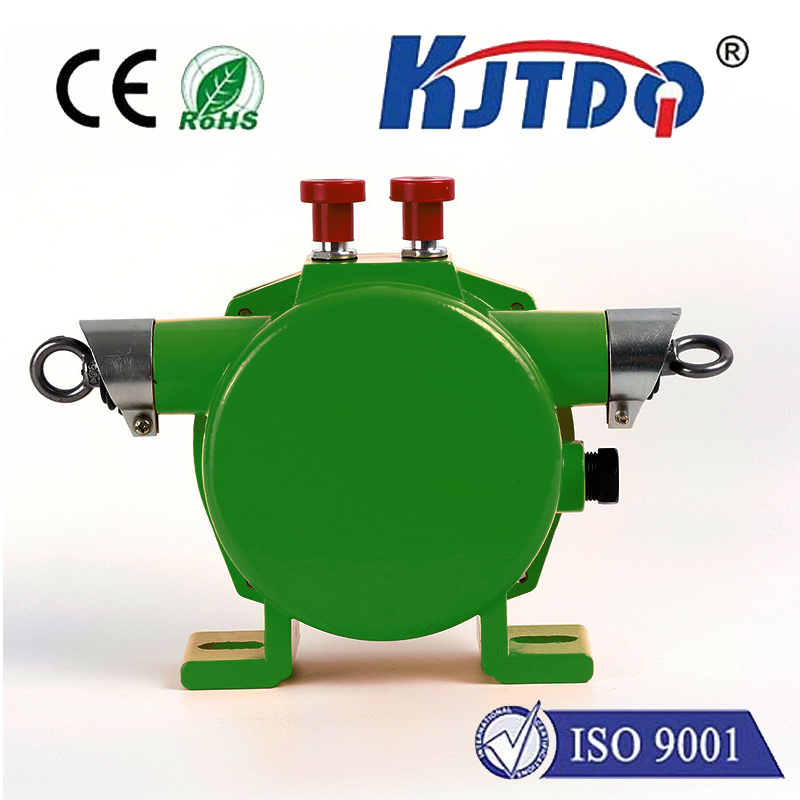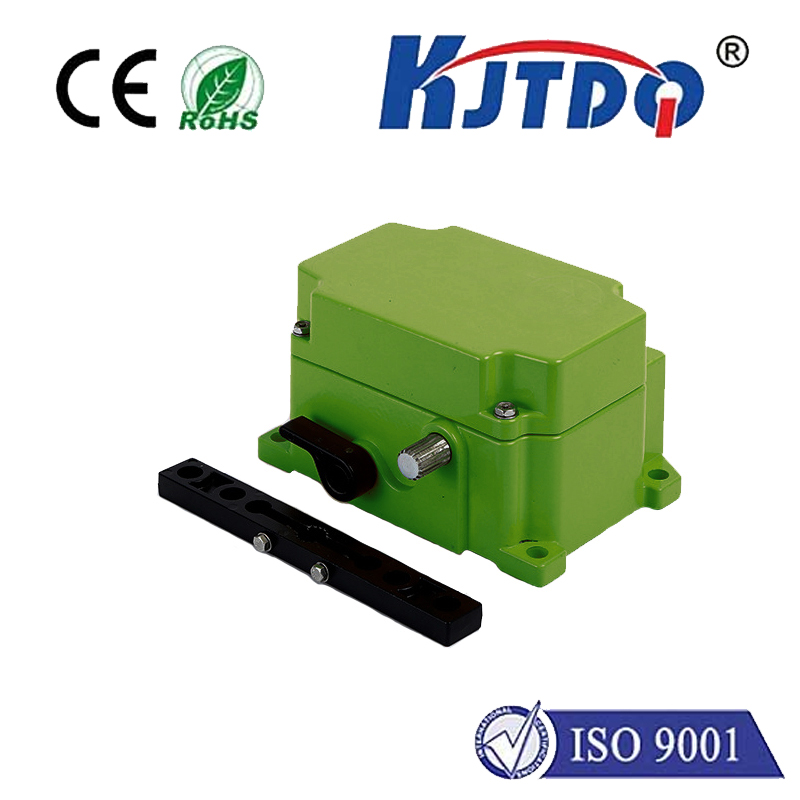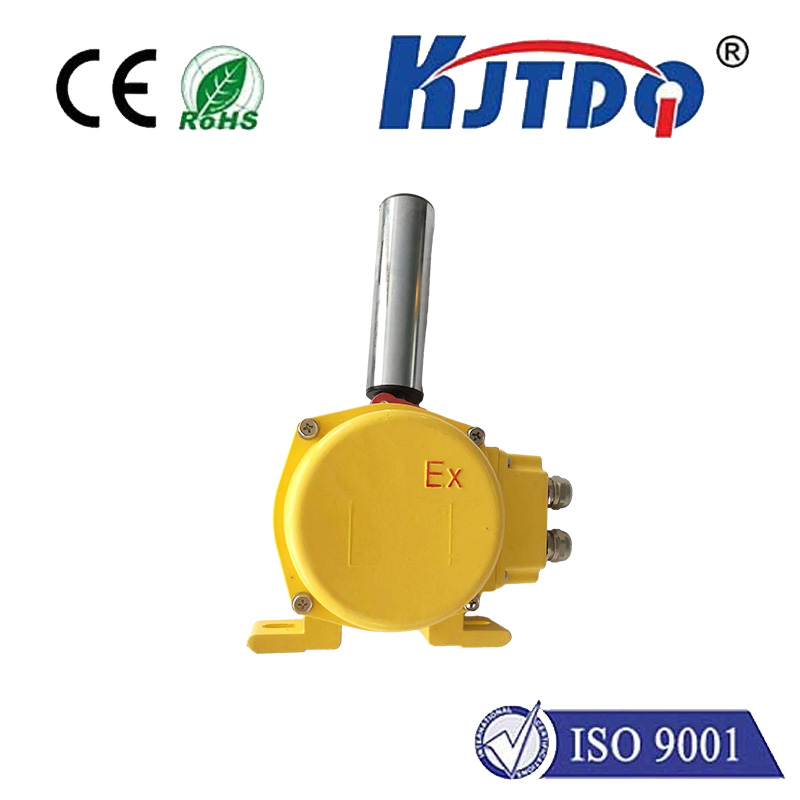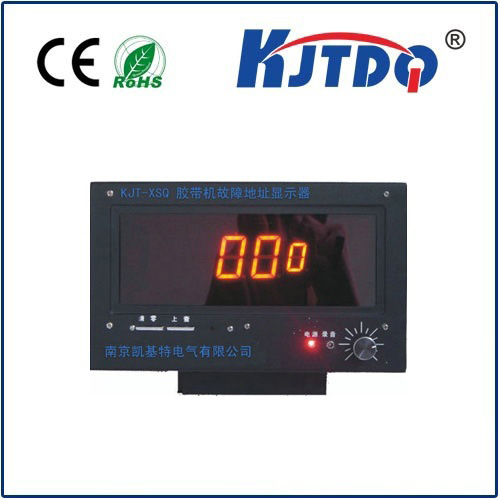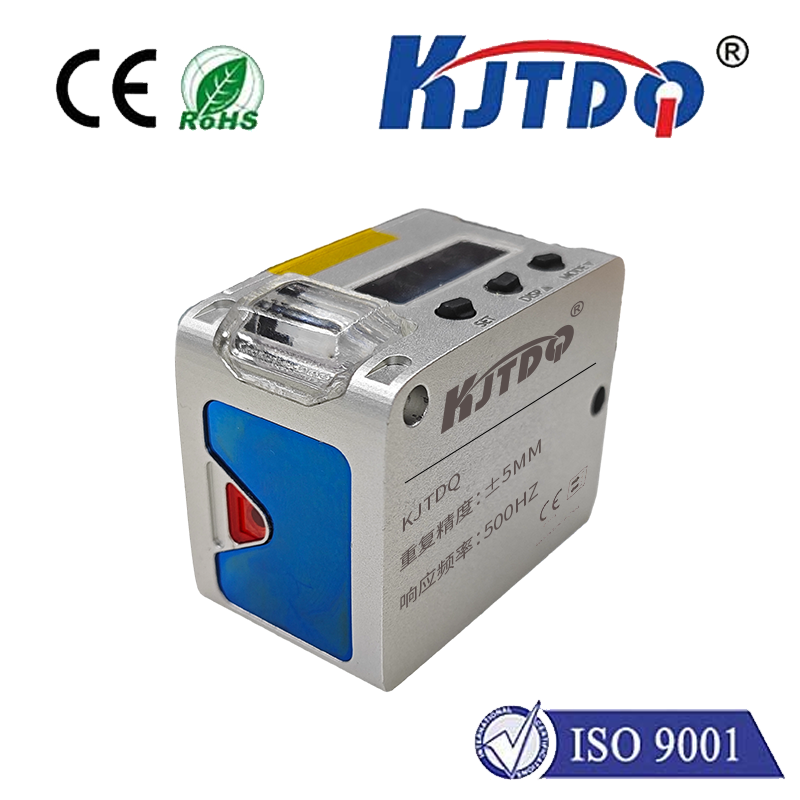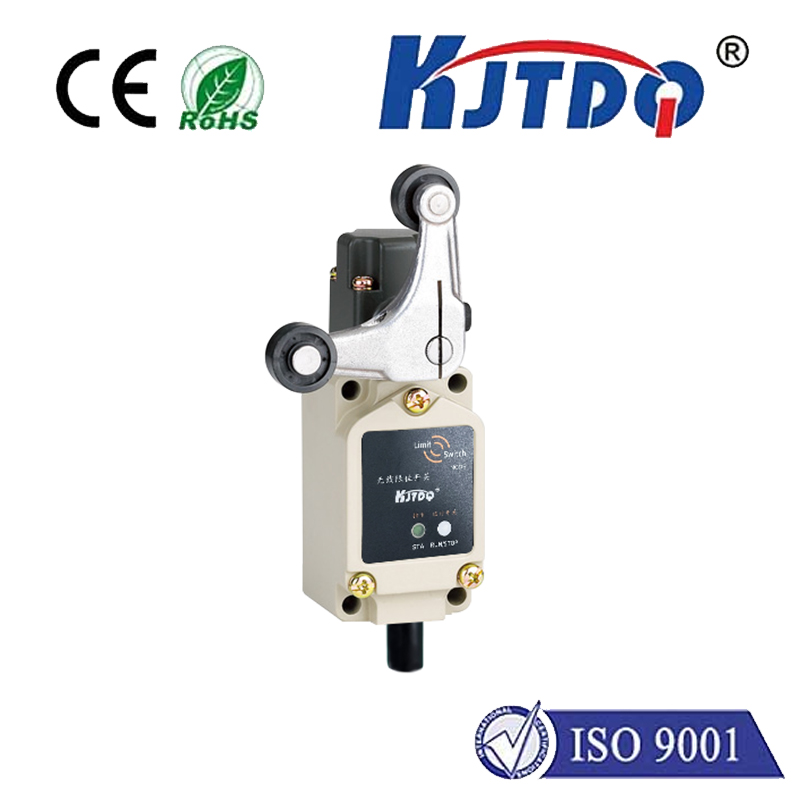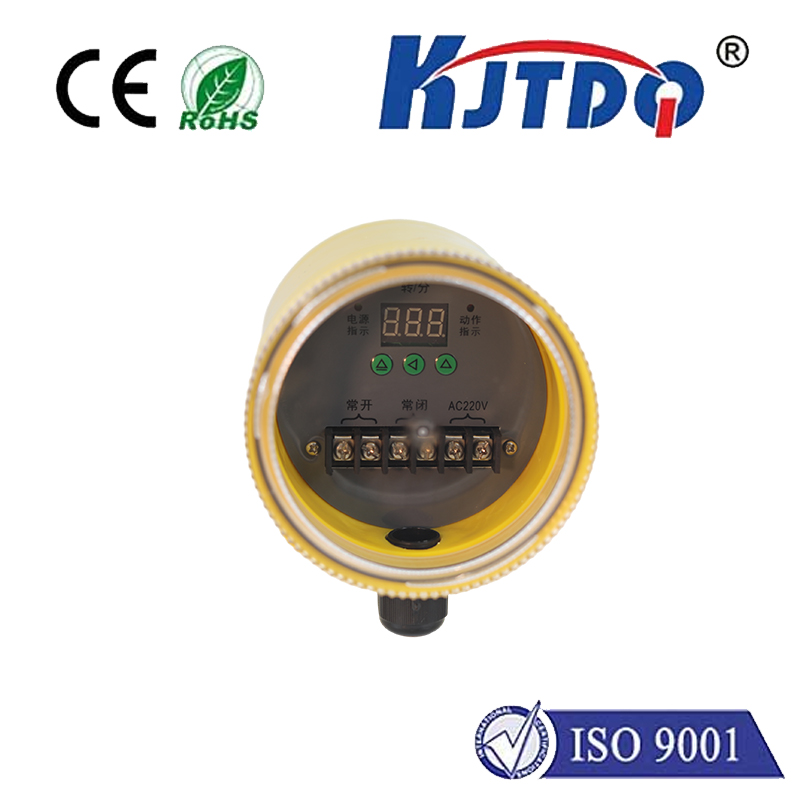
check

check

check

check
ide Beam Laser Sensor: Enhancing Precision and Efficiency
Laser sensors have revolutionized various industries, from manufacturing to robotics, by providing accurate measurements and detecting objects with precision. Among the diverse range of laser sensors available, wide beam laser sensors stand out for their unique capabilities and advantages. In this article, we will delve into the world of wide beam laser sensors, exploring their features, benefits, and applications.
What is a Wide Beam Laser Sensor?
A wide beam laser sensor is a type of optical sensor that emits a broad laser beam to detect objects or measure distances. Unlike traditional narrow beam laser sensors that focus on a small area, wide beam laser sensors cover a larger surface, making them ideal for applications where a broader detection range is required.
How Does it Work?
Wide beam laser sensors operate on the principle of time-of-flight measurement or triangulation. The sensor emits a laser beam that reflects off the target object and returns to the sensor. By measuring the time it takes for the light to travel to the target and back, the sensor can determine the distance between itself and the object. In some cases, multiple sensors are used to create a grid of beams that can detect objects within a defined area.

Benefits of Wide Beam Laser Sensors
1. Broad Detection Area: One of the primary advantages of wide beam laser sensors is their ability to cover a larger detection area compared to narrow beam sensors. This makes them suitable for applications such as monitoring conveyor belts, identifying obstacles in automation processes, and ensuring safety in hazardous environments.
2. Enhanced Accuracy: Wide beam laser sensors provide accurate measurements due to their wider field of view. They can detect objects at greater distances and angles, reducing the likelihood of false readings or missed detections.
3. Reduced Maintenance: Since wide beam laser sensors have fewer moving parts and are less susceptible to dust and debris buildup, they require less maintenance than other types of sensors. This results in lower operating costs and increased productivity.
4. Versatile Applications: Wide beam laser sensors are versatile and can be used in various industries, including automotive, food processing, logistics, packaging, and more. They can be easily integrated into existing systems, enhancing their functionality without significant modifications.
Applications of Wide Beam Laser Sensors
1. Quality Control: Wide beam laser sensors can be used to inspect products during the manufacturing process, ensuring consistent quality and dimensions across all units.
2. Safety Monitoring: In industrial settings, wide beam laser sensors can detect potential hazards, such as personnel entering restricted areas or machinery malfunctions, allowing for immediate corrective action.
3. Automation: These sensors play a crucial role in automated processes, enabling machines to identify objects, sort them accordingly, and perform tasks with precision and efficiency.
4. Level Measurement: In storage facilities or chemical plants, wide beam laser sensors can monitor liquid levels or detect changes in surface height, ensuring optimal operation and preventing spills or leaks.
Conclusion
Wide beam laser sensors offer numerous benefits over traditional narrow beam sensors, including a broader detection area, enhanced accuracy, reduced maintenance requirements, and versatile applications. As technology continues to advance, we can expect wide beam laser sensors to become even more sophisticated and integral to various industries' operations. By harnessing their capabilities, businesses can achieve higher levels of precision, efficiency, and safety, ultimately driving success and innovation in their respective fields.
